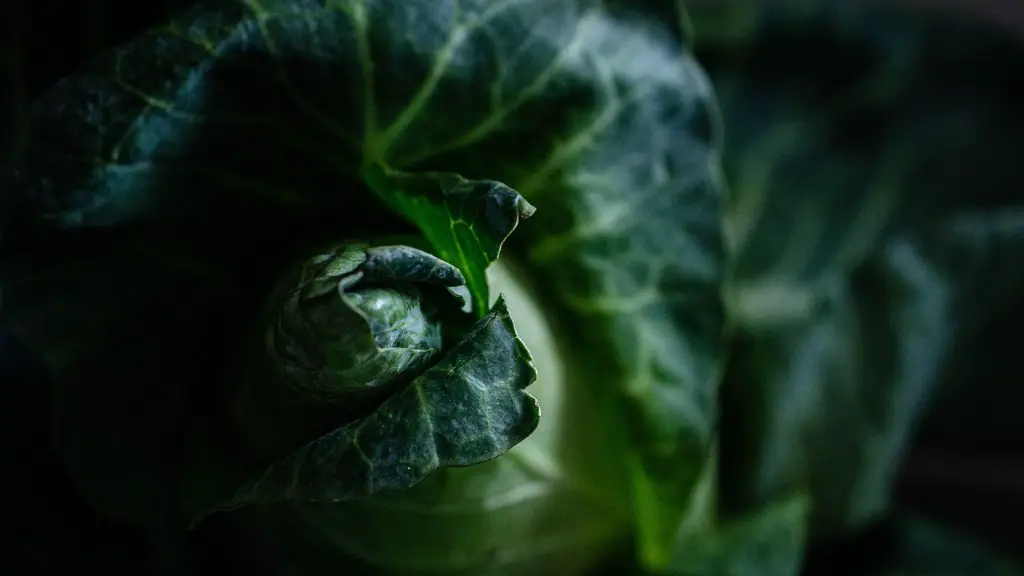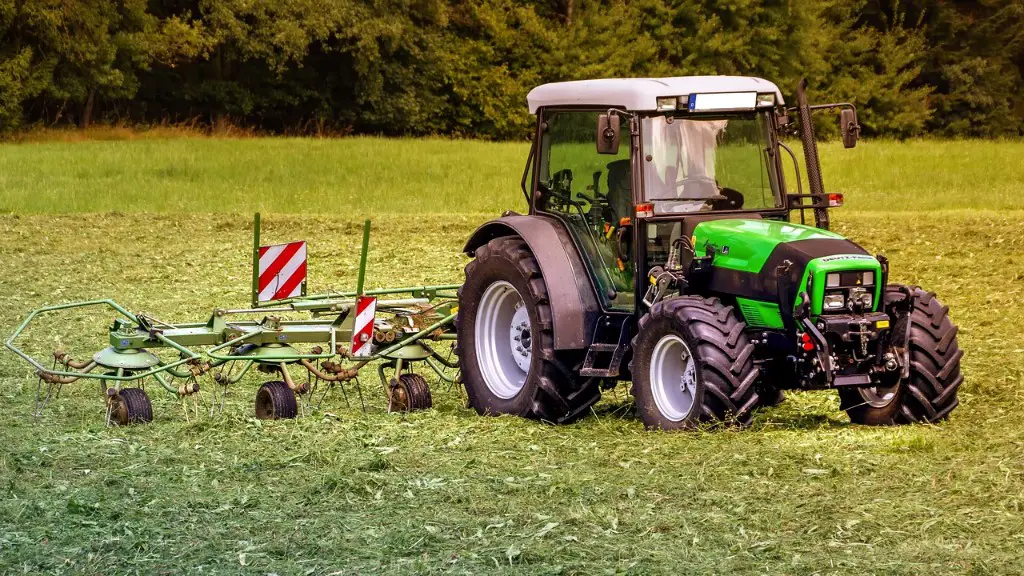Agricultural activities have been long known as one of the primary sources of greenhouse gas emissions. Fertilisers, pesticides, tilling equipment, and livestock emissions all contribute to the production of methane, a powerful greenhouse gas which can trap up to 28 times more heat than carbon dioxide. In addition, disposing of agricultural waste in landfill sites, untreated manure, and emissions from the processing of crops produces even more pollution. As the population grows, more agricultural waste is produced and released into the atmosphere.
Agricultural activities that generate large amounts of methane include intensive livestock, dairy farming and growing rice crops. Cattle, sheep and pigs kept in high-density feedlots produce large amounts of concentrated manure, which once untreated, produce large volumes of methane. Dairy farming emits considerable amounts of methane, particularly from cows’ digestive systems, and from animal and cow bedding waste. Growing rice crops in floodplains, particularly in warm climates, can produce large amounts of methane. The anaerobic decomposition of flooded soil releasing methane into the atmosphere is known as biogenic methane production.
In addition to the emissions produced by agricultural activities, the burning of agricultural waste is a large source of greenhouse gas emissions. Burning agricultural waste is a traditional practice that releases large amounts of air pollution into the atmosphere. Most of the burning of agricultural waste from crop residue to agricultural plastic releasing both carbon dioxide and other air pollutants. It can aggravate air quality and increase the local temperature.
Other forms of agricultural waste, such as organic material in landfill sites can also create large amounts of methane gas. The anaerobic fermentation of organic material produces methane, which is released into the atmosphere. Agricultural runoff that flows into water bodies can lead to eutrophication, resulting in further emissions of methane and other greenhouse gases.
The typical amount of agricultural waste produced yearly is a cause for concern, as the emissions created are likely to contribute significantly to global warming and climate change. The government and the agriculture sector must take the necessary measures to reduce emissions from agriculture and the burning of waste. Such strategies include the implementation of green manure and composting strategies, using technologies such as anaerobic digestion to capture the methane emitted, and improving agricultural management practices.
Green Manure and Composting Strategies
In order to reduce the amount of methane emitted from agricultural waste, green manure and composting strategies are beneficial practices. Green manure is a type of composting system in which plants are sown and managed rotationally for the purpose of adding organically matter to the soil. The result is better soil structure, reduced erosion, and increased soil fertility.
Composting is a system in which microorganisms, such as bacteria and fungi, break down organic materials into simpler compounds. Composting can reduce the volume of agricultural waste, thereby reducing methane emissions. Composting can also decrease the acidity and increase the fertility of soils, as well as improving water-holding capabilities, helping to mitigate flooding issues.
In addition to green manure and composting systems, better agricultural management practices should also be implemented to reduce methane emissions. Such practices include planting cover crops, using cover crops to control erosion, using minimum tillage, and rotational grazing. Such practices can reduce methane emissions and help to improve agricultural soil quality.
Technologies for Capturing Methane
In addition to green manure and composting strategies and better agricultural management, technologies for capturing the methane emitted from agricultural activities and waste can also be beneficial. One such technology is anaerobic digestion, which can be used to capture the methane emitted from livestock manure and landfills. In anaerobic digestion, the methane is captured and can be used as a renewable energy source.
Biogas digestors are technologies that use anaerobic digestion to generate renewable energy, as well as a range of other by-products such as nutrients and fertiliser. In addition, technologies such as landfill gas harvesting systems can be used to capture and process the methane released from landfill sites. Such systems can reduce the amount of landfill gas emitted and reduce the environmental impact of landfills.
Conclusion
In conclusion, methane emissions from agricultural activities and waste are a major source of greenhouse gas and should be addressed in order to reduce the environmental impact of agriculture. Green manure and composting strategies, improved agricultural management practices, and technologies for capturing methane should all be implemented in order to reduce emissions and improve agricultural soil quality.


